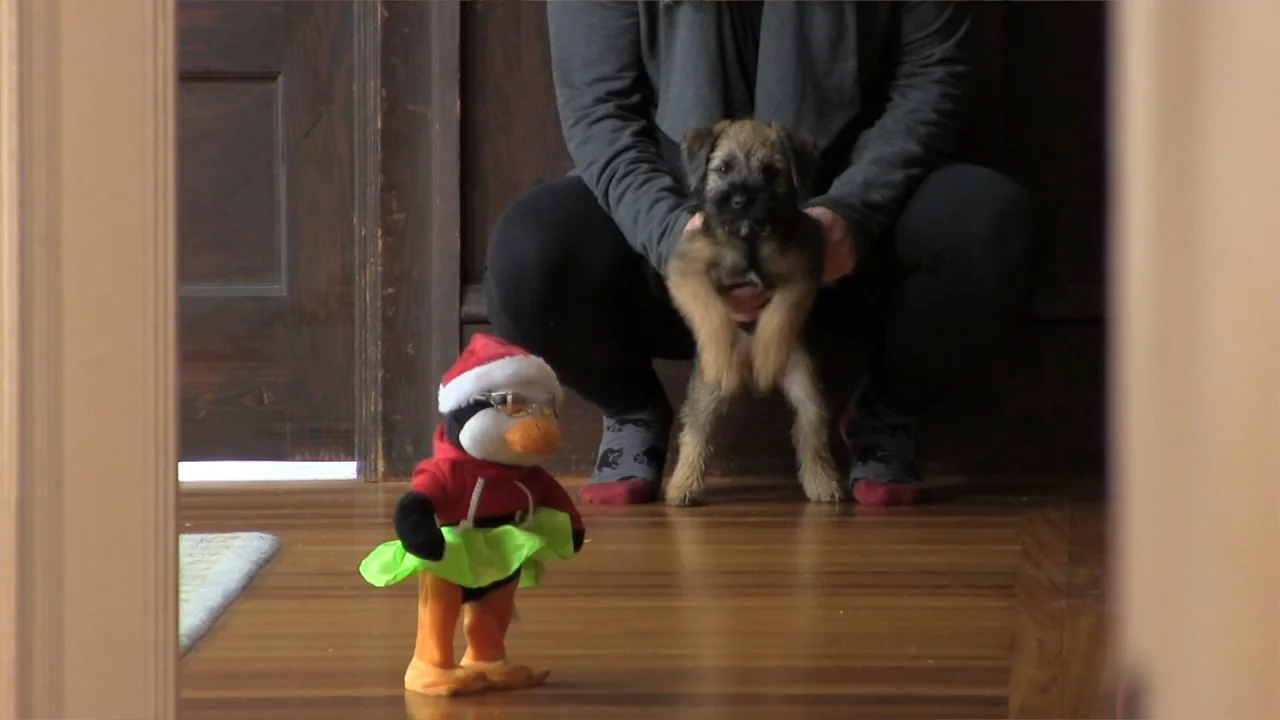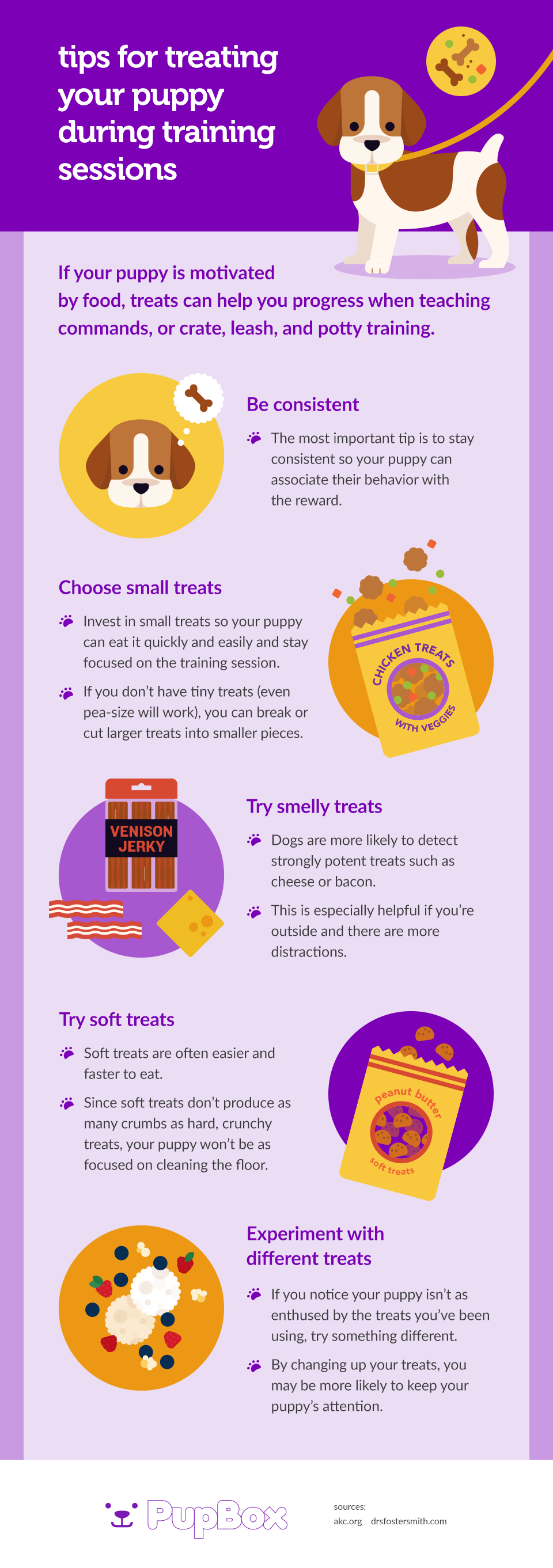The Ultimate Guide to Puppy Training: Techniques for Raising a Well-Behaved Dog
Top Puppy Training Strategies to Make Sure a Well-Behaved Pet Dog
Effective pup training is vital for cultivating a mannerly companion, and various methods can significantly influence a pet dog's growth. Amongst these, favorable support stands out as a foundational technique, advertising trust fund and encouraging preferable behaviors. Consistency in commands and early socializing are equally essential, preparing for a well-adjusted animal. In addition, the roles of cage training and chain etiquette can not be neglected. As we explore these methods even more, it ends up being clear that the success of young puppy training pivots on a combination of techniques that can change your family pet's behavior in remarkable methods.
Positive Support Techniques
Making use of positive reinforcement techniques is necessary for efficient puppy training, as it motivates desired actions with incentives as opposed to penalty. This approach takes advantage of the all-natural understanding processes of canines, enhancing excellent habits by supplying prompt and substantial benefits, such as treats, appreciation, or playtime. By associating favorable results with particular actions, young puppies are most likely to repeat those habits in the future.
Rewards need to be provided quickly after the wanted behavior happens to produce a clear connection in the young puppy's mind. In addition, varying the kinds of benefits can keep a young puppy's passion and inspiration throughout the training process.

Uniformity in Training Commands
Maintaining consistency in training commands is vital for enhancing the lessons learned via positive reinforcement techniques. Pets flourish on routine and predictability, so making use of the same spoken commands and hand signals for particular habits is necessary. This uniformity assists puppies recognize what is anticipated of them, lowering confusion and disappointment for both the trainer and the animal.

Timing also plays a considerable role in consistency. Commands need to be provided immediately during training sessions and adhered to promptly by positive support, such as deals with or appreciation. This instant response assists solidify the organization between the command and the wanted habits.
Incorporating consistency into training sessions will create a steady understanding atmosphere, advertising quicker mastery of commands. Inevitably, a well-structured method cultivates a strong bond between the puppy and its owner, causing a more loyal and mannerly pet.
Socialization With Other Animals
Socializing with various other pets is critical for a puppy's advancement, as it aids them find out appropriate habits and interaction skills in varied social contexts. Very early communications with various pets can dramatically affect a pup's personality and flexibility in various circumstances. When young puppies are revealed to a selection of pet dogs, they recommended you read become a lot more positive and much less fearful, which can prevent potential behavior concerns later on in life.

Show your young puppy to identify signals from other family pets, such as indications of playfulness or pain, cultivating mutual regard and understanding. Routine socializing not only improves your puppy's social abilities yet also adds to their total well-being, developing a more unified living environment.
Dog Crate Training Conveniences
Identifying the various advantages of pet crate training can greatly boost both the young puppy's and owner's experience. Crate training supplies a safe and secure and safe atmosphere for young puppies, guaranteeing they really feel protected when left alone. This complacency can dramatically lower anxiousness and stress degrees for both the proprietor and the family pet.
Additionally, cages work as a useful housebreaking tool. Puppies naturally prevent soiling their sleeping area, thus urging them to hold their bladder up until they are allow outdoors. This instinct can expedite the house-breaking process, fostering excellent routines early.
When without supervision,Crate training likewise helps in handling a pup's actions - puppy training. By giving an assigned space, owners can protect against destructive habits, such as chewing on furnishings or entering into hazardous materials. Cages can be beneficial throughout traveling, using a familiar space that can assist calm a young puppy in new atmospheres.
Last but not least, developing a crate routine urges independence, allowing puppies to discover how to be alone without fear. Generally, crate training is an effective technique for advertising technique, tranquility, and security, leading to a well-adjusted, well-behaved pet.
Chain Training Fundamentals
Leash training is a basic element of accountable pet possession that ensures a pleasurable and risk-free strolling experience for both the young puppy and its owner. Correct leash training starts early, preferably throughout the pup's socializing period. When out in public., this training assists develop great practices and promotes favorable behaviors.
To begin, select a comfortable collar or harness that fits your puppy well. Attach a tough chain, ensuring it is not as well long, as this can lead to pop over to this web-site drawing and erratic actions. Begin in a peaceful setting to reduce distractions and gradually introduce your pup to brand-new surroundings.
Usage favorable reinforcement methods, such as treats and praise, to urge your young puppy to stroll close to you. If your puppy draws, stop strolling and wait for them to return to your side prior to continuing.
In addition, include brief training sessions with fun diversions to develop your pup's emphasis. With commitment and persistence, leash training will certainly lead to a well-mannered buddy, making strolls pleasurable for both the owner and the pup.
Final Thought
In conclusion, utilizing effective pup training techniques is vital for creating a well-behaved animal. Overall, these techniques jointly advertise an unified partnership in between puppies and their proprietors.
As content we explore these approaches even more, it becomes clear that the success of puppy training pivots on a mix of strategies that can change your animal's actions in impressive means.
Utilizing positive support techniques is important for reliable puppy training, as it motivates preferred actions via incentives rather than punishment.Crate training additionally aids in handling a puppy's habits when not being watched.Leash training is a basic facet of accountable family pet possession that makes sure a delightful and safe strolling experience for both the puppy and its owner.In conclusion, utilizing efficient pup training strategies is vital for creating a well-behaved pet dog.